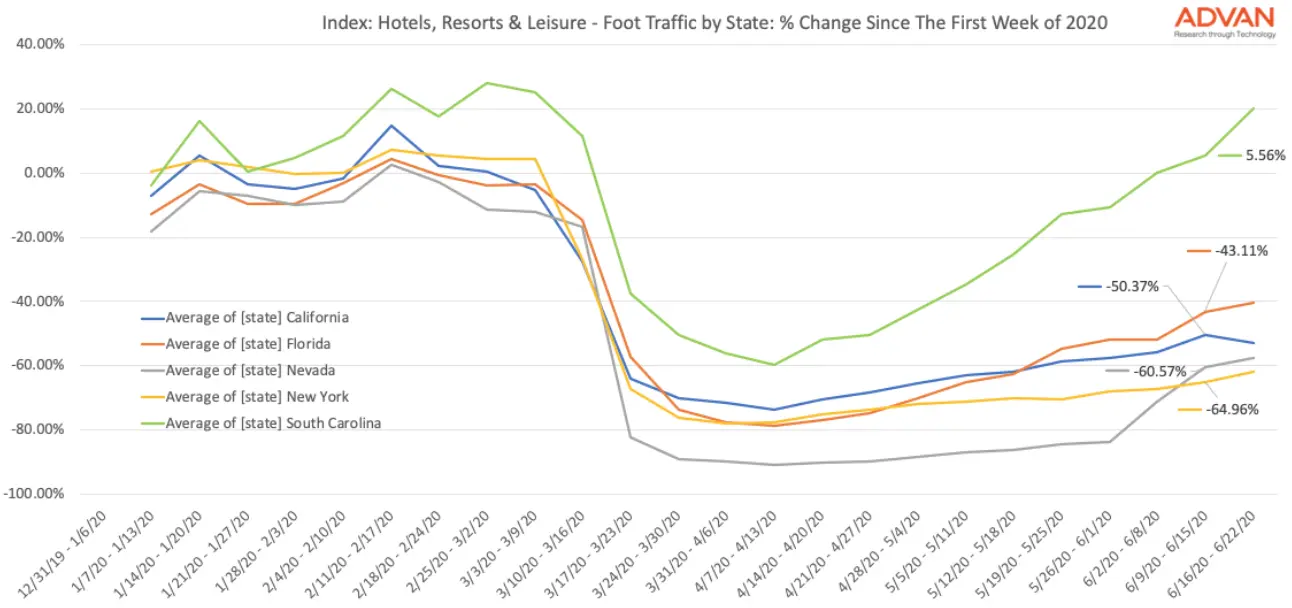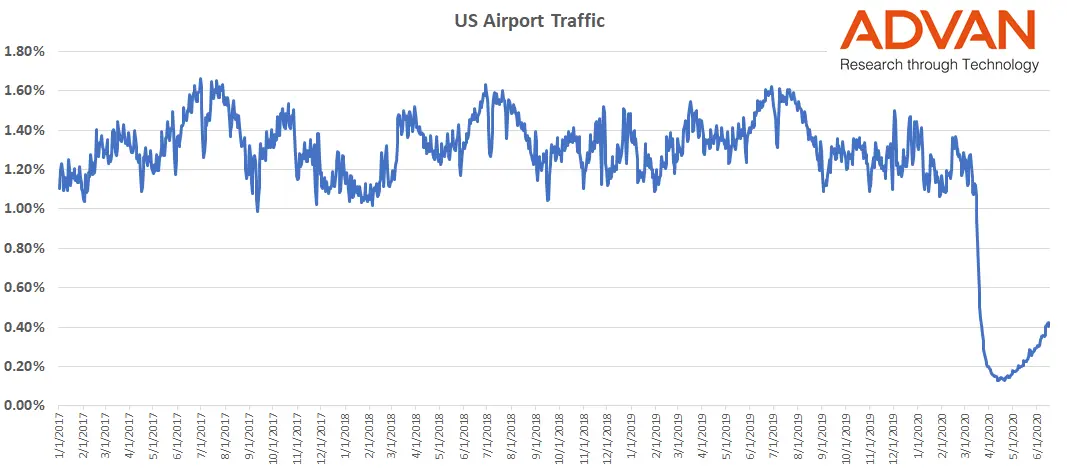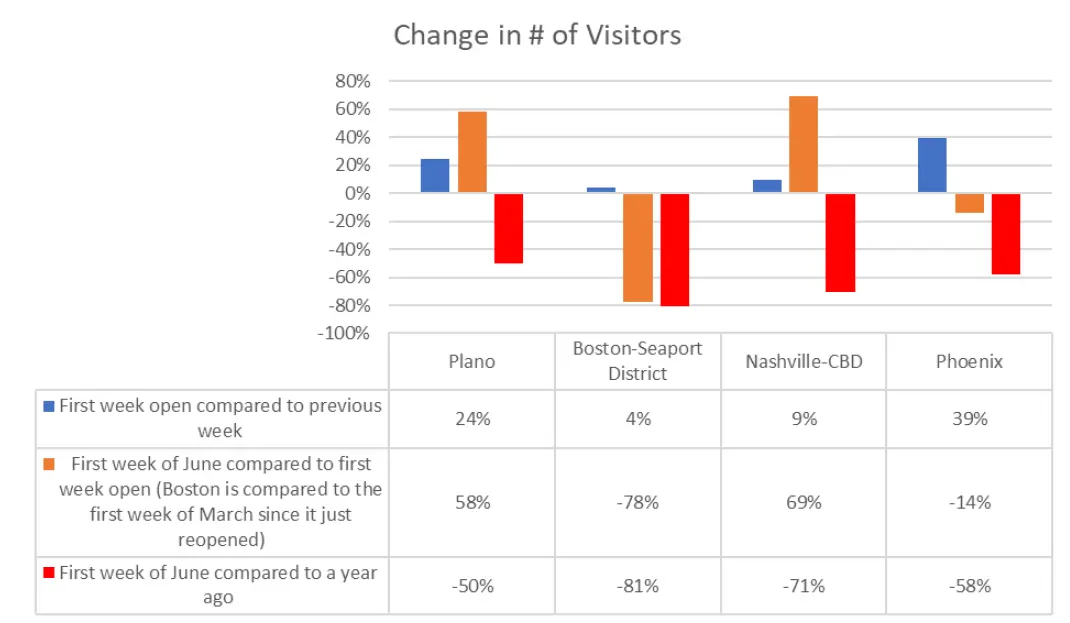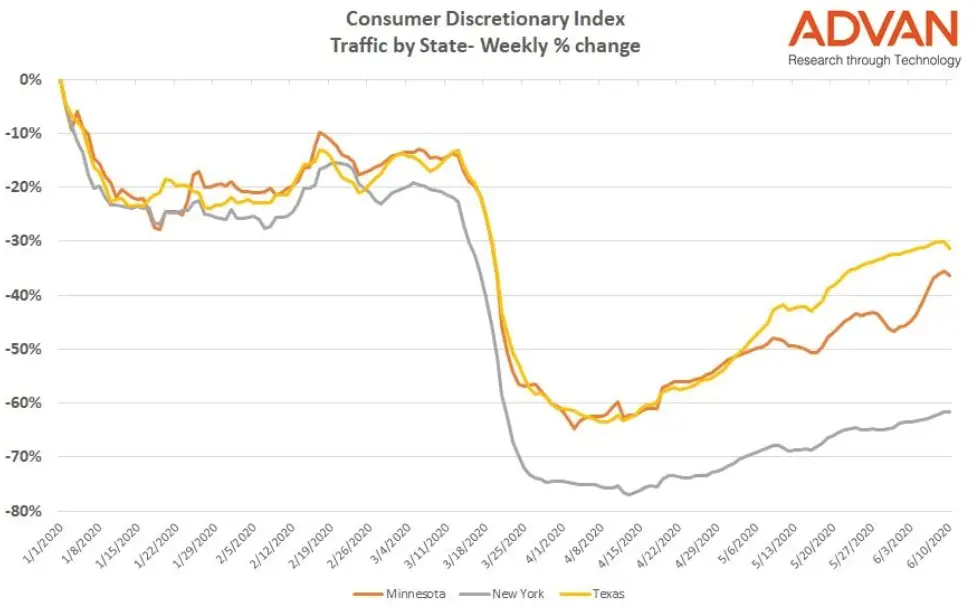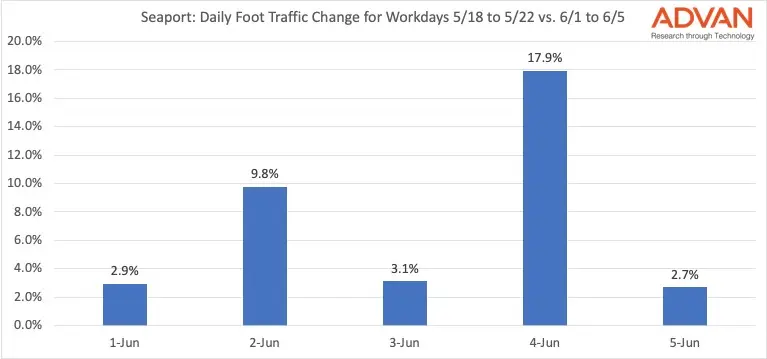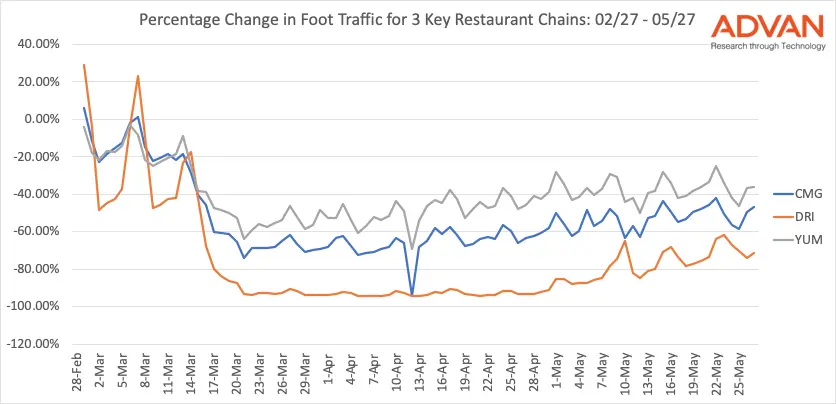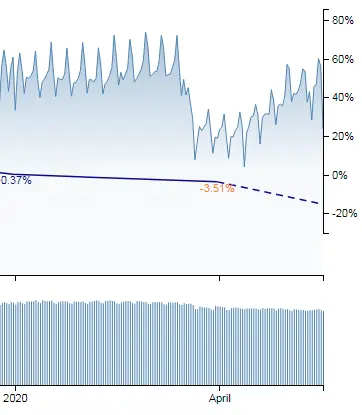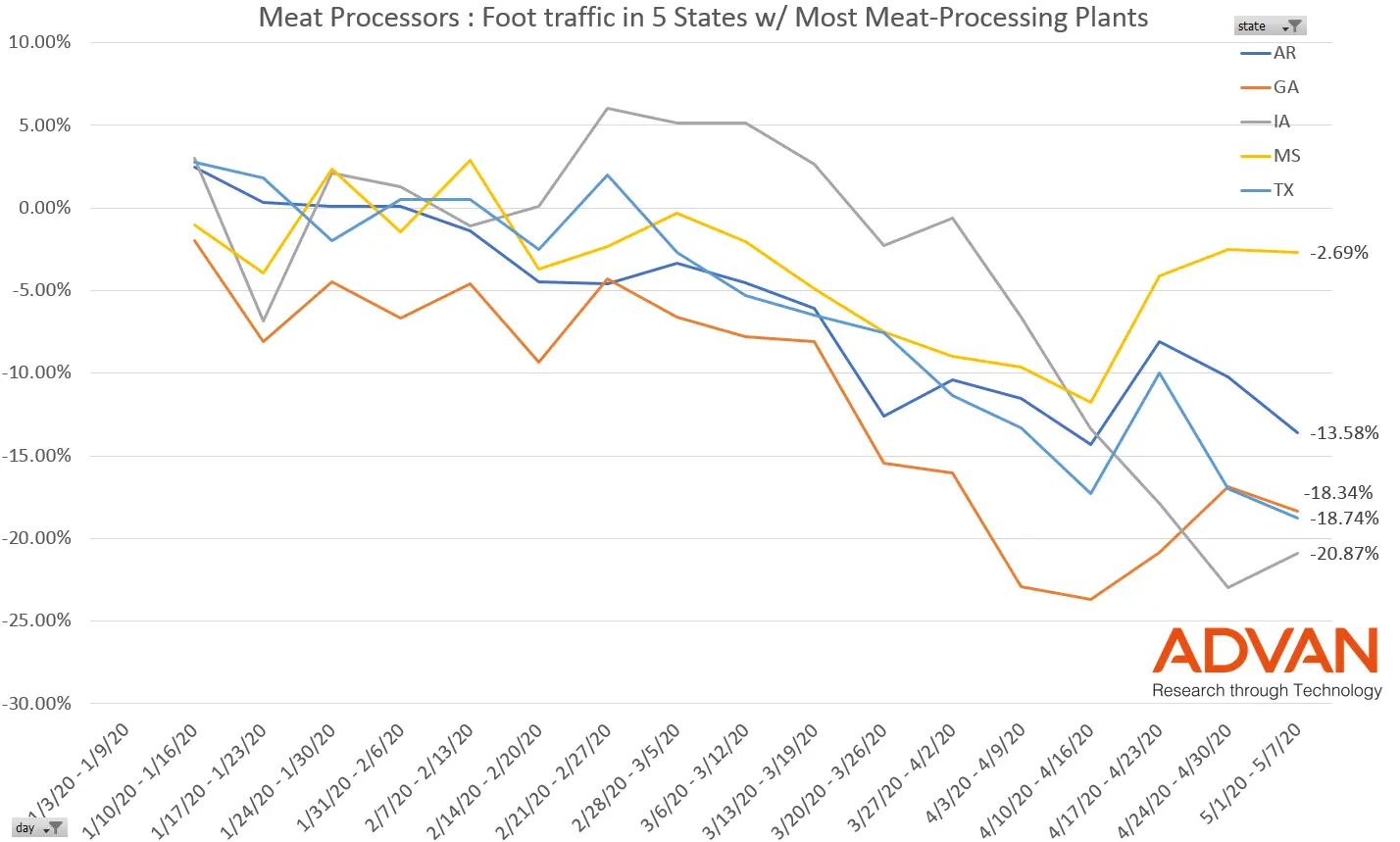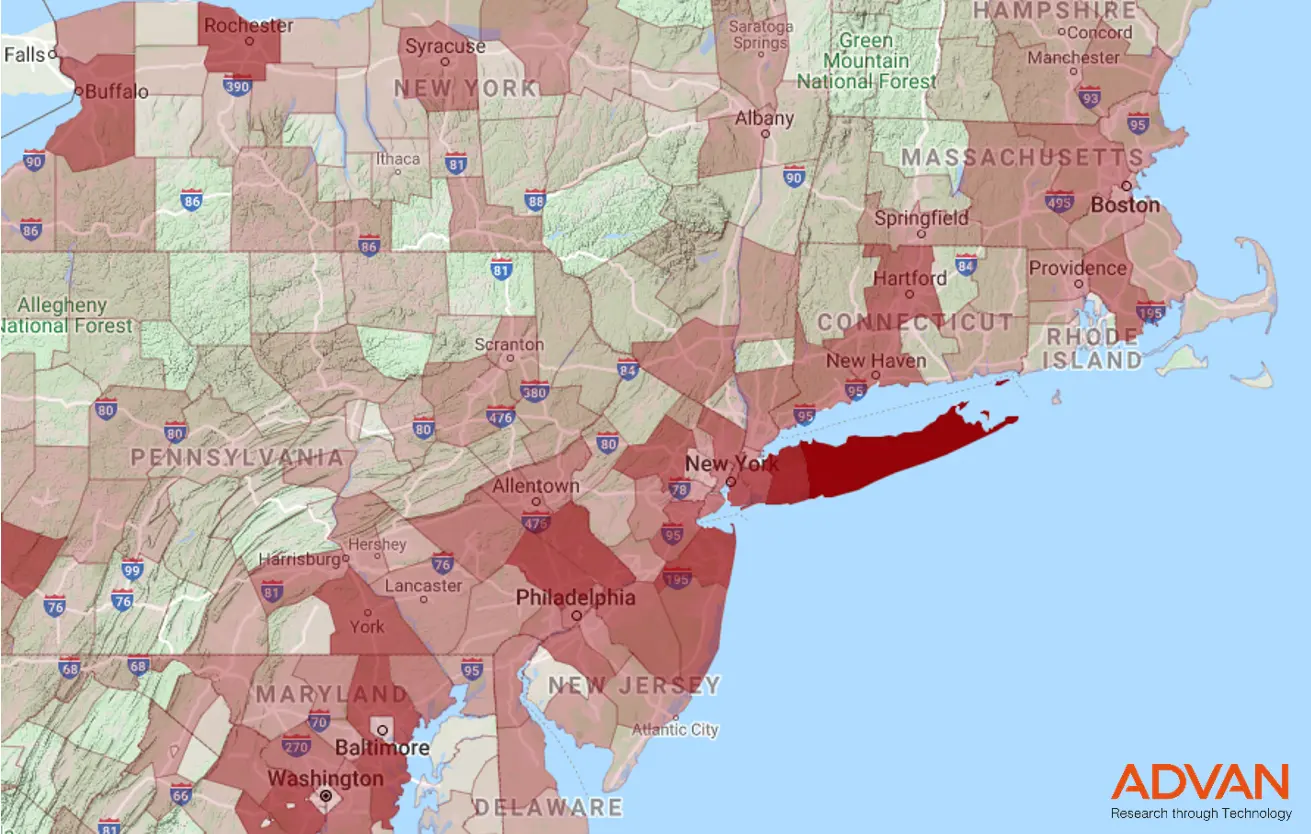All Advan Research (“Advan”) publications and
website content (“Content”) have been prepared in accordance with Advan’s compliance and conflict management
policies. Advan is unconditionally committed to the integrity, objectivity, and independence of its research.
Content and any opinions expressed herein are current only as of the date published and are subject to change
without notice. Although the information contained in the Content has been obtained from sources we believe to be
reliable, the accuracy and completeness of such information cannot be guaranteed. Advan shall have no obligation to
update or amend any information contained in the Content and the frequency of subsequent changes to the Content, if
any, remain in the discretion of Advan. The Content is furnished to you for informational purposes only and on the
condition that it will not form the sole basis for any investment decision. Any opinion contained herein may not be
suitable for all investors or investment decisions. Each investor must make their own determination of the
appropriateness of an investment in any Company referred to herein based on the tax, or other considerations
applicable to such investor and its own investment strategy. By virtue of these Publications, neither Advan nor any
of its employees or contributors shall be responsible for any investment decision. The Content may not be
reproduced, distributed, or published without the prior consent of Advan. All Content copyright © Advan Research.
All rights reserved.
Copyright Advan Research Corporation. All rights reserved.

 LOGIN
LOGIN